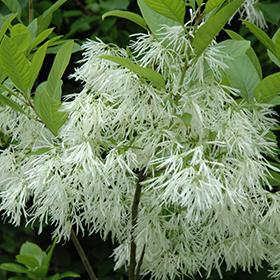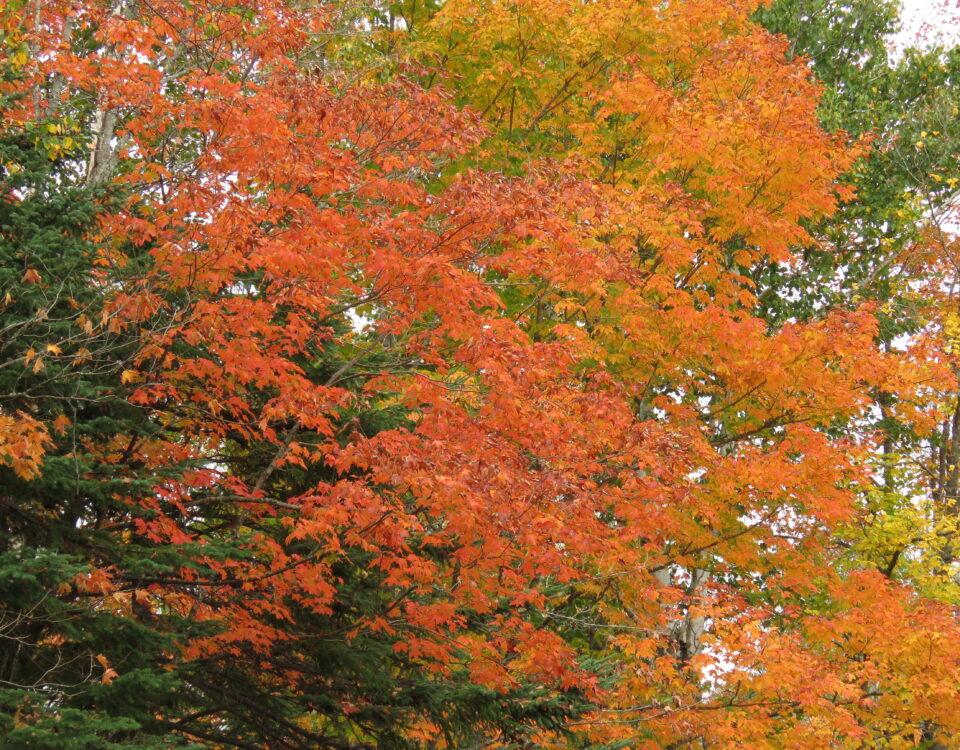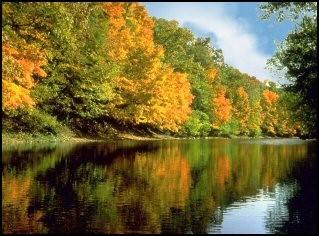
Honey, I Killed the Lawn
April 15, 2023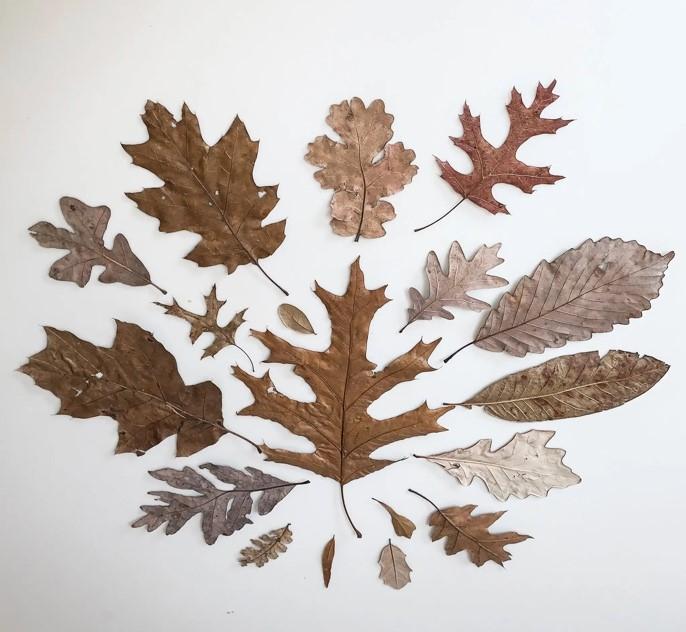
The Nature of Oaks
May 10, 2023By Robert Corletta and Al Todd
Cape Loves Trees is not just about big shade trees. Yes, their ecosystem services are undeniable and they are a crucial part of what makes Cape St. Claire so appealing, but let’s not forget our small trees. You have seen them in all their glory this Spring, stealing the show before their larger colleagues take the stage with the leafy canopy we appreciate so much.
We wanted to highlight some great native small trees that can grace your landscape as well. There are many but here are a few that have a host of benefits for us and our habitat.
Serviceberry (Amelanchier canadensis) – height is usually less than 30’ with a similar spread, the starry white flowers are among the first to emerge in Spring, early April. Simple oval leaves turn orange to red in the Fall. The fruit is a small, blackish blue and delightfully edible. Both birds and humans compete for the harvest in eager expectation. Its curious name harkens back to a time when this flowering tree would signal the time of year when northern folk were able to finally dig the thawed earth and have burial services for their loved ones that died over Winter. Another common name, “Shadbush” was used by settlers since the bloom coincided with the migration of shad in our rivers. And finally “Juneberry,” requires no explanation.

Redbud, (Cercis canadensis) – height 20-35’, spread 20-35’ deep purply pink pea like flowers bloom from early April- May. The flowers are edible as a garnish, fruit is a black seed pod that may persist through winter. Distinct heart shaped leaves turn a golden yellow in fall. The early Spring fluorescence of the redbud is a welcome native alternative to the popular Japanese cherries. Our native flowering trees have the added benefit of wildlife value for butterflies, songbirds and small mammals. A member of the legume family, redbuds convert nitrogen from the air to a form that plants can readily use. This makes it possible for them to grow in poor soils and even improve them.
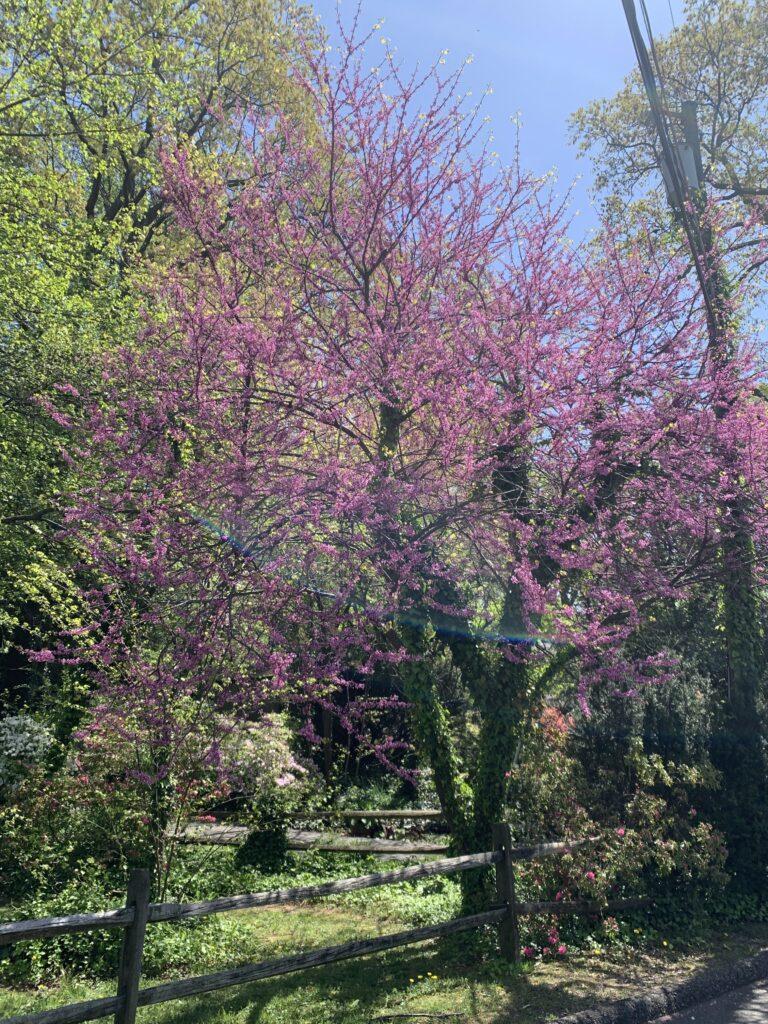
Fringetree (Chionanthus virginicus) – height less than 30’ with a similar spread. The white flowers are what makes this small landscape tree unique, they emerge in May and June; described as cloud like, ethereal, airy clusters, long delicate petals, drooping and fragrant. The fruit is a blue/black oval drupe. The leaves are oblong ovals turning yellow in fall. This showy flowering tree is also valued by songbirds.
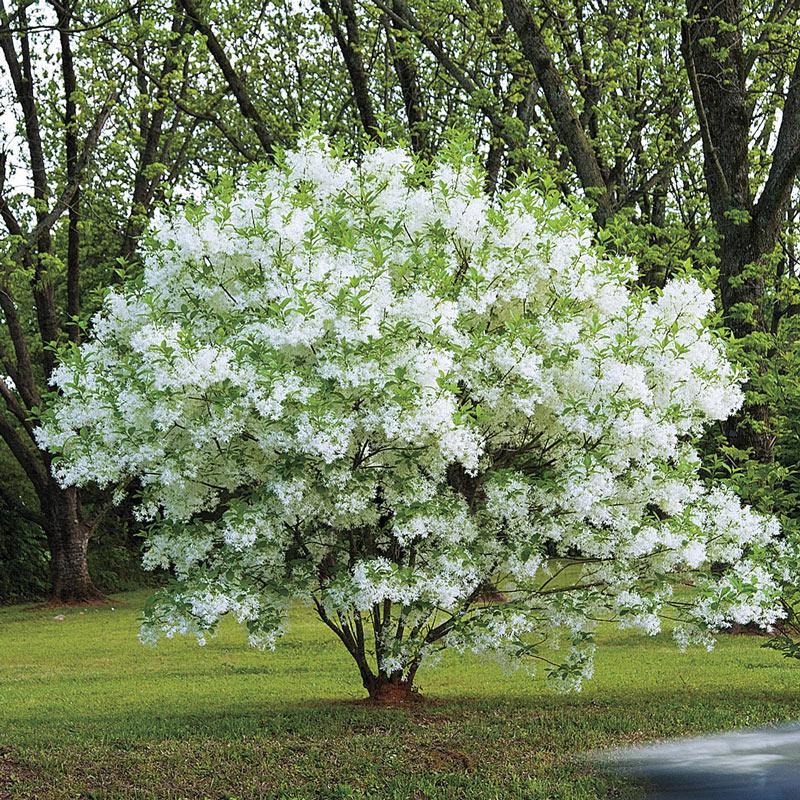
Dogwood (Cornus florida) – height 15-30’ with spreading flat topped branches, it is often wide as it is tall. The showy white “petals” are actually bracts, 2-4″ wide and the flowers are greenish, small and inconspicuous in the center. A small tree with four season interest. Bright red berries are a treasure for wildlife but poisonous to humans. The simple elliptical leaves have a deep scarlet red fall color. The silvery brown bark is blocky and accentuates the trees form as it gains character in later years. There are pink flowering cultivars as well!
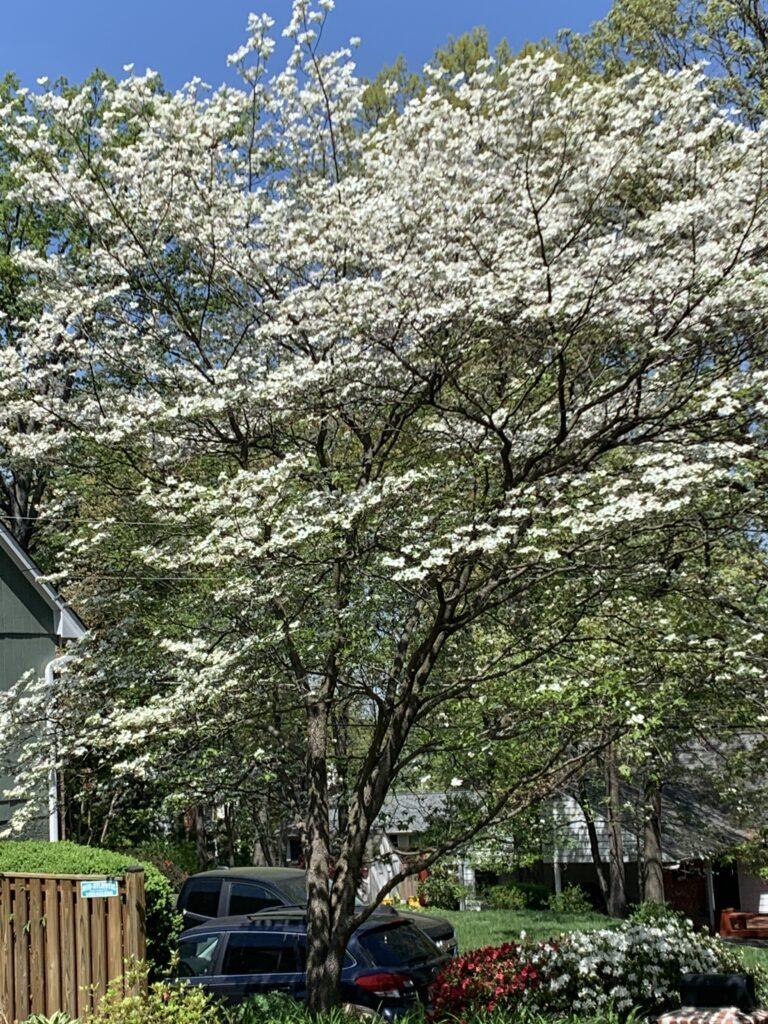
Sweetbay magnolia (Magnolia virginiana) – 20-30’ in height sometimes greater, equal in spread, often multi-stem. The large white to cream flowers appear in May – July and are pleasantly fragrant. The leaves are thick, shiny bright green and pale underneath. In our latitude the Sweetbay is semi-evergreen, holding on to some of its leaves through the winter. The Sweetbay can tolerate flooding and even a bit of salt water. It is a valuable wildlife tree.
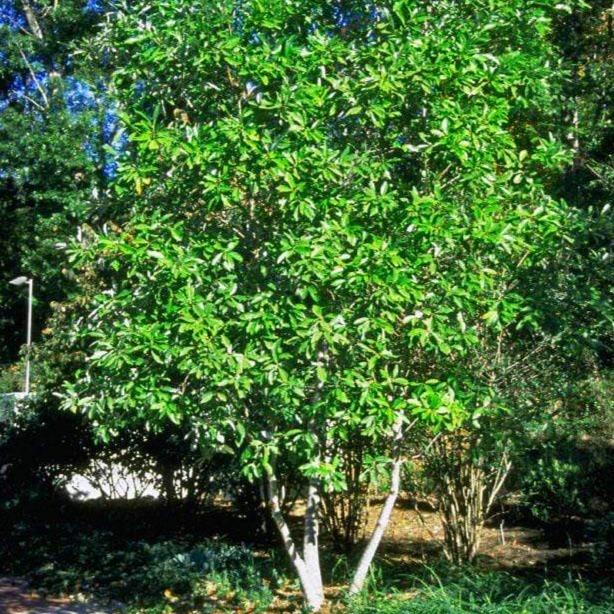
We hope you take the time to appreciate our small native ornamental trees. It was reassuring to see their return after the bleak Winter.
Please share some of your favorites with us at [email protected]


